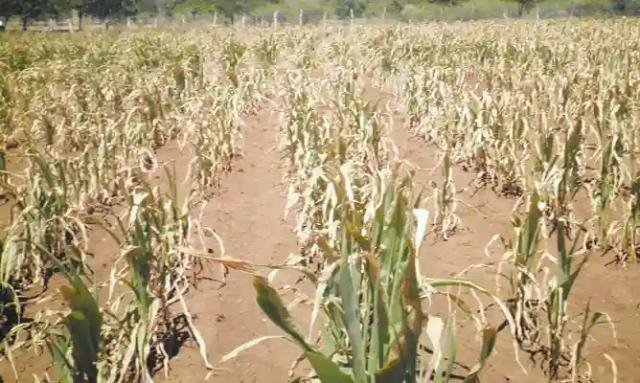Zimbabwe Faces Drought As El Niño Returns

Zimbabwe is likely to receive less than average rainfall leading to a drought in the 2023/24 cropping season due to the El Niño climate phenomenon.
El Niño refers to a warming of the ocean surface, or above-average sea surface temperatures, in the central and eastern tropical Pacific Ocean.
El Niño can make extreme weather events more likely in certain regions, including extreme heat, droughts, storms and flooding.
A drought will most likely slow down Zimbabwe’s economic growth projections, trigger higher food prices and stoke inflation.
The World Meteorological Organisation (WMO) in July this year declared the start of El Niño.
HOT DEALS:
itel A70 - (128GB, 3GB RAM) $89,
itel A70 - (256GB, 4GB RAM) $99
itel P40 (128GB, 4GB), (6000mAh) $99
itel P40 (64GB, 4G), (6000mAh) $93
Cash on Delivery in Harare & Bulawayo. Tinotumira kwamuri inosvika.
WhatsApp: 0783 450 793
WMO estimated there is a 90 percent probability of the El Niño event persisting through the second half of the year and it is expected to be “at least moderate strength”.
According to the UN weather agency, El Niño occurs on average every two to seven years in episodes lasting nine to 12 months.
Zimbabwe, Mozambique and Madagascar are listed among countries in Southern Africa as highly exposed nations to El Niño.
According to ACAPS, a non-profit, non-governmental project that provides international, independent humanitarian analysis:
Zimbabwe is a country that requires close monitoring and where the effects of El Niño may lead to negative outcomes or generate humanitarian needs.
Forecast models anticipate the possibility of below-average rainfall towards the end of 2023, particularly in the central and southern regions.
Such forecasts would affect the region’s planting seasons, increasing the possibility of hardened drought conditions and affecting the country’s crop production, livestock and food security.
This forecast would pattern with previous El Niño events in Zimbabwe. In 2015–2016, an El Niño-driven drought affected most of Zimbabwe.
Below-average rainfall during the usual growing season led to crop failure, increased food prices, and heightened levels of food insecurity throughout the country.
Meanwhile, La Niña refers to the periodic cooling of sea-surface temperatures across the east-central equatorial Pacific and the weather phenomenon is associated with wetter summers in Zimbabwe.
More: Pindula News





